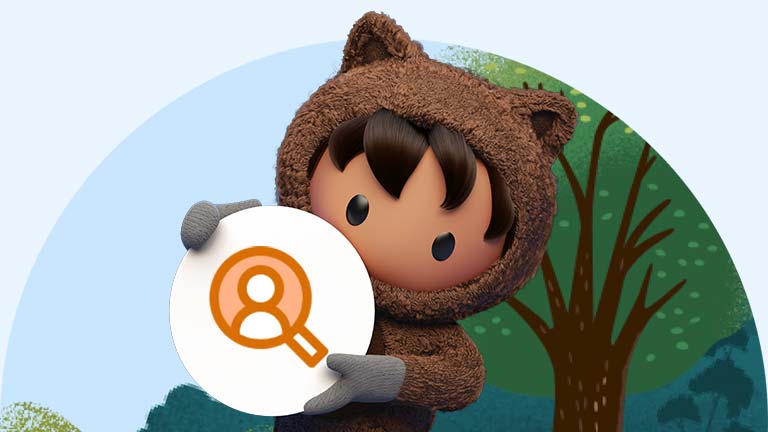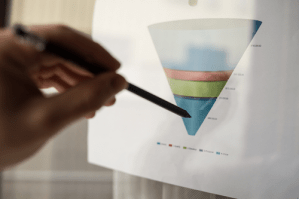You’ve probably heard people talk about the marketing funnel (or the sales funnel) a lot. And that’s because it represents the entire customer journey: from discovering your brand to making a purchase. Leads start at the top of the funnel and then move down as they learn more about your products or services.
It’s a fundamental concept in business and combines every touchpoint in a company – from sponsored posts on LinkedIn to out-of-home ads to sales outreach.
The funnel does a great job of visually representing the customer journey: you’ll start with many customers at the awareness stage, and as the funnel gradually narrows, the number of potential purchasers shrinks.
But in today’s rapidly changing digital environment, the funnel metaphor stretches thin. The buying process isn’t as linear or as straightforward anymore. New techniques and approaches – from digital marketing to AI – have greatly impacted how leads convert to customers.
This means sales and marketing teams need to fully understand each stage of the marketing (or sales) funnel, so they can easily and effectively identify what a prospect needs to move them along the journey.
Marketing Cloud Demo
Turn your marketing campaigns into meaningful conversations with the 1:1 customer platform.

The stages of the marketing funnel
Each stage of the funnel is designed to take prospects (initially unaware or vaguely aware of your products) and transform them into well-informed, loyal customers.
The marketing funnel has three main stages:
- Top of funnel (TOFU)
- Middle of funnel (MOFU)
- Bottom of funnel (BOFU)
These stages have specific needs, purposes, and actions.
- Top of funnel: The prospect becomes aware of a brand or product/service.
- Middle of funnel: The prospect shows interest and evaluates whether the product or service meets their specific need.
- Bottom of funnel: The prospect takes action and decides to purchase the product/service.
But what does this look like in reality? As you know, the buying process is never this linear, so it’s key to understand and recognise the behaviours that correlate to each stage. And while it’s somewhat simpler at the top and bottom of the funnel – the middle of the funnel can be particularly challenging.
Let’s look at an example. So, our potential purchaser, Zara, wants to buy a new mobile phone for her elderly dad.
- Zara sees an advert on TV for a mobile phone with large buttons, designed specifically for accessibility. (Awareness.)
- She then searches the model online and reads up on its other features. She asks friends about the phones their elderly parents use. And she reads reviews for the advertised phone. (Evaluation.)
- Finally, Zara sees a discount online and decides to buy the phone. (Purchase.)
Why is the marketing funnel so important?
A well-defined marketing (or sales) funnel helps you serve relevant information at the right time, across the right channel. It gives you a better understanding of what your prospects are thinking, what they know, and what levels of interest they have in your brand.
By carefully tracking your funnel – and how prospects move through it – you can determine how to approach each lead, which products/services to pitch, and what messaging will land best.
You also reduce the risk of losing prospects. Getting the communication and timing right means you’re less likely to give people the hard sell too early or bombard them with too much detail. This is why moving leads through the funnel is called ‘nurturing’.
87% of business buyers expect sales reps to act as trusted advisors. And this is only possible if you know what needs a prospect has at the exact moment.
How is the marketing funnel changing?
The funnel is constantly evolving.
It’s starting to become circular, with the after-sales stage playing a crucial role in transforming existing customers into repeat purchasers.
This means marketing and sales need a specific strategy around retaining customers and turning them into loyal advocates and brand ambassadors.
And the secret behind this? Unlocking the data that reveals what your prospects want, need, and care about.
Marketing Cloud Demo
Turn your marketing campaigns into meaningful conversations with the 1:1 customer platform.

























